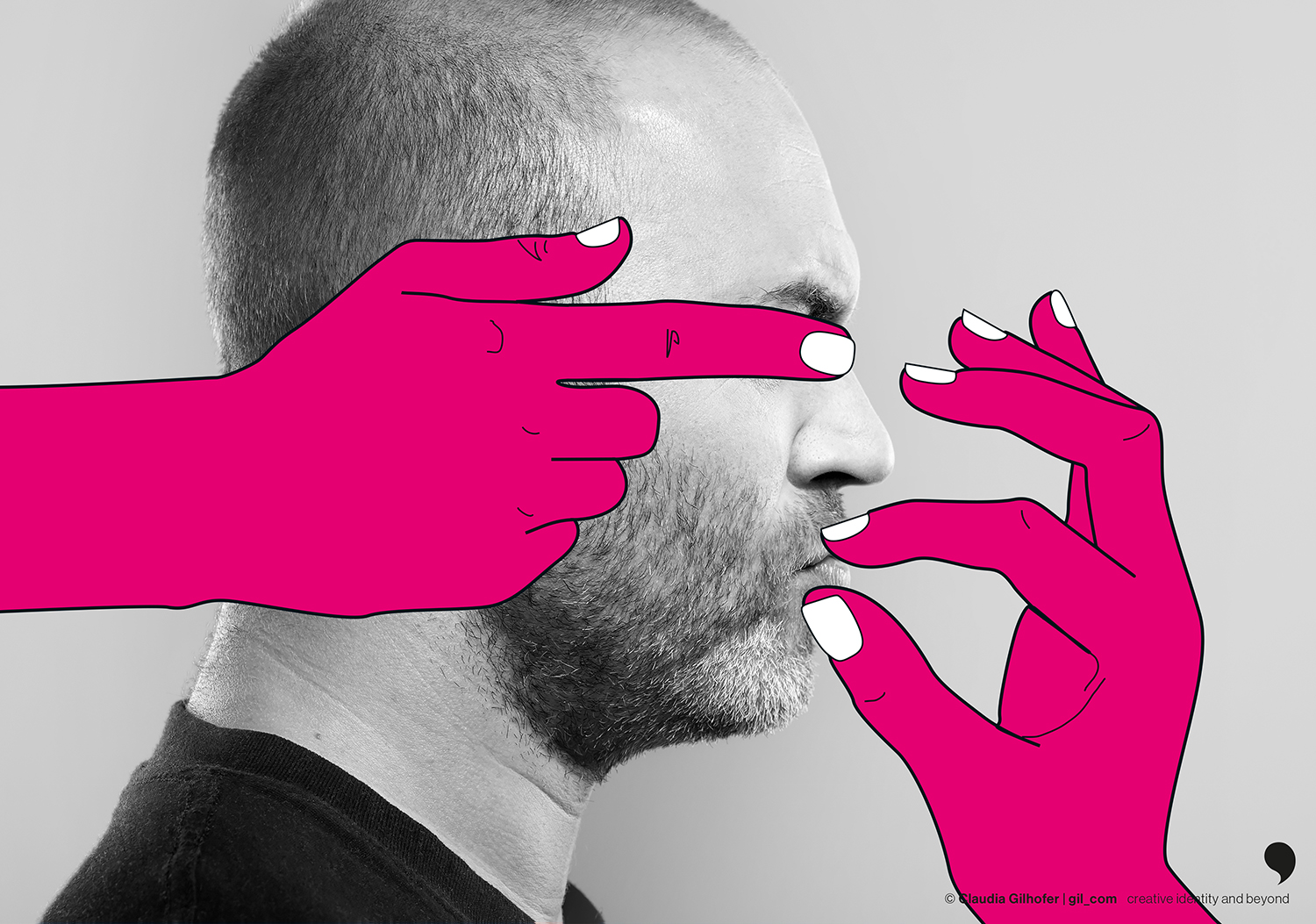“Imagination is more important than knowledge, for knowledge is limited. Imagination encircles the world.” — one of the many brilliant quotes by Albert Einstein, the rockstar among scientists. And where does your imagination take you? When was the last time you experienced something for the first time? How much room do your thoughts really have?
Don’t let anything or anyone limit you — don’t give ideas killers a chance.
Ideas killer: Shallowness
Do you know this feeling? The meeting has just begun, and already there are complete images and stories in your head. Everyone is excited: “Yes, that’s exactly how we should do it!” Without hesitation, the implementation begins. But does the creative approach really work? Is it a stroke of luck? Or is it just a familiar, interchangeable, shallow, or overly adapted idea? If you don’t take the time to ask yourself these or similar questions, you’ll only get the answer when it may already be too late. It’s a shame to miss out on the opportunity.
Perhaps the best ideas are still dormant. Don’t settle for the first approach. Develop your thoughts further. Stay persistent. It’s worth it. However, you also need to know when it’s time to stop and let go before everything becomes too cerebral or watered down. The great art of a truly good idea is recognizing it in time.
Ideas killer: Panic
One successful strategy for preventing visions is to induce panic. Ideas killers often employ such a tactic and create the wildest scenarios about the possibilities of failure. The fear of incalculable risk thus defines the extent of creative thinking. The more fear and unrest, the more bad ideas and creative stagnation. “Nothing good comes from fear,” says Sven Regener. I can only agree.
Lean back and take a deep breath. Nothing is as hot as it’s cooked. Focus on facts and don’t listen to panic strategists. If uncertainty arises, simply remember Goran Kikic’s quote: “Everyone said: It can’t be done. Then came someone who didn’t know that and did it anyway.” So, stay brave — just do it.
Ideas killer: Quibbling
In contrast to the ideas killer ‘Harmony,’ where many things are left unspoken and unaddressed, the ideas killer ‘Quibbling’ is characterized by saying many things that would have been better left unsaid. Destructive quarrelers and know-it-alls often contribute little to a solution and often become the problem. They only create confusion, bring about standstill, and hinder any kind of progress. Troublemakers are rarely an asset.
Learning to argue properly is essential. In a constructive culture of argument, mutual respect prevails. Good arguers are interested in other people’s opinions and take their counterparts seriously. They seek meaning in the confrontation and want to shape the future. So, argue! But if you do, focus on the truly useful aspects and don’t let yourself be influenced by trivialities and self-righteous bickering.
Ideas killer: Routine
The dictionary describes routine as an ability acquired through lengthy experience to perform a specific activity very confidently, quickly, and skillfully. Or as the execution of an activity that has become a habit and lacks any commitment. Therefore, routine truly has no place in a creative process. Because here, it’s not about performing something confidently, quickly, and skillfully, but about the ability and commitment to venture into uncharted territory and passionately embrace the unknown.
Creative free spirits intuitively embody Arthur Koestler’s idea: “All great discoveries, all great works, are the result of liberation, the liberation from the routine of thinking and doing.” So go ahead, liberate yourself! Embark on a journey of discovery away from routine. Only here will you find endless inspiration, new perspectives, and unique stories that turn an idea into a truly good one.
never stop evolving.
stay human.
[ Communikation | Human | Brand ]
__
gil com | creative identity and beyond
For connecting communication + promoting personal growth, brand authenticity, a motivating corporate culture, and opening up new spaces for creative thinking.
Claudia Gilhofer:
Creative Planner, Communication Psychologist in Training, Systemic Business Coach, Facilitator, Mentor, Sparring Partner, VR Expert (XR-C)





